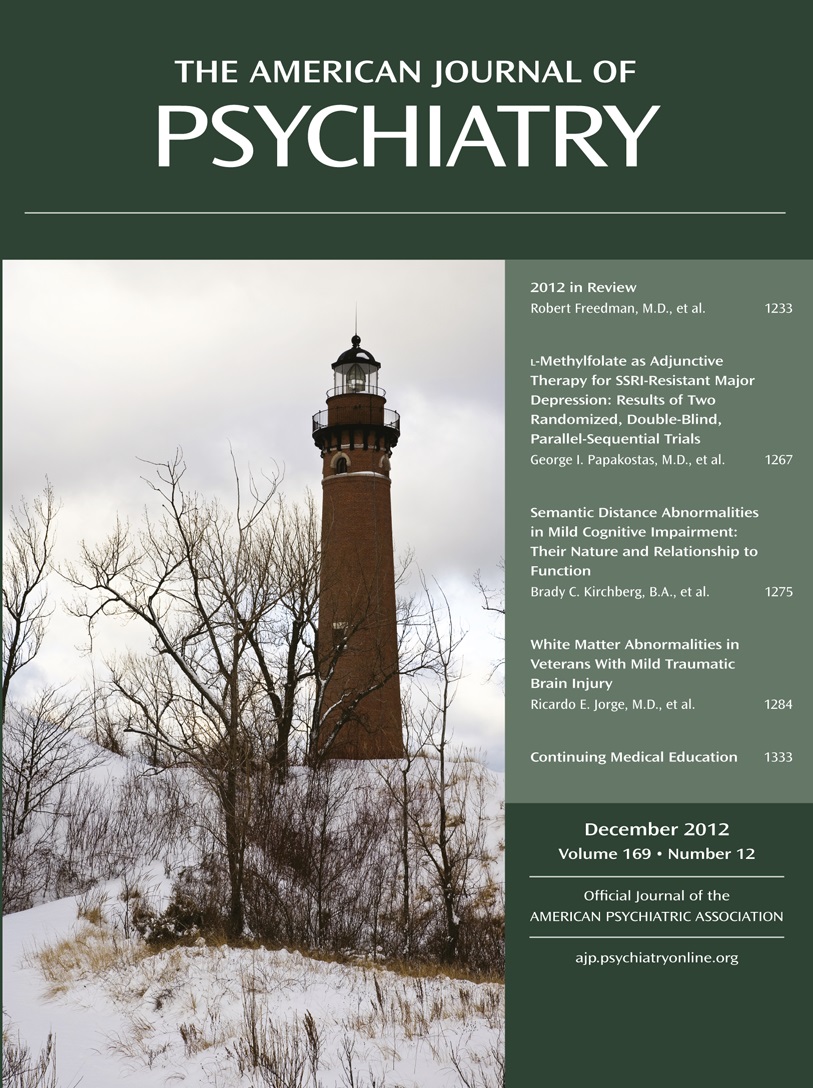Evidence That Schizophrenia Risk Variation in the ZNF804A Gene Exerts Its Effects During Fetal Brain Development
Abstract
Objective
The single-nucleotide polymorphism rs1344706, located within an intron of the ZNF804A gene, exhibits genome-wide significant association with schizophrenia. Although genotype at rs1344706 is associated with altered functional brain connectivity, the molecular mechanisms mediating its association with schizophrenia have not been clearly defined. Given its location in noncoding sequence, the authors tested association between rs1344706 and ZNF804A expression in adult and fetal human brain.
Method
Highly quantitative measures of relative allelic expression were used to assess the effect of rs1344706 genotype on the mRNA expression of ZNF804A in the dorsolateral prefrontal cortex, hippocampus, and substantia nigra of the adult human brain and in human brain tissue from the first and second trimester of gestation.
Results
Genotype at rs1344706 had no significant effect on the regulation of ZNF804A in any of the three adult brain regions examined. In contrast, rs1344706 genotype had a significant effect on ZNF804A allelic expression in second-trimester fetal brain, with the schizophrenia risk (T) allele associated with reduced ZNF804A expression.
Conclusions
The T allele of rs1344706 is associated with a relative decrease in ZNF804A expression during the second trimester of fetal brain development. These data provide evidence for a schizophrenia risk mechanism that is operational in (and possibly specific to) the fetal brain.



